
Mirages, nature’s playful tricksters, never cease to amaze us. Just when we think we’ve seen it all, nature decides to toy with our senses by presenting us with something that isn’t truly there, or at least not as we perceive it to be.
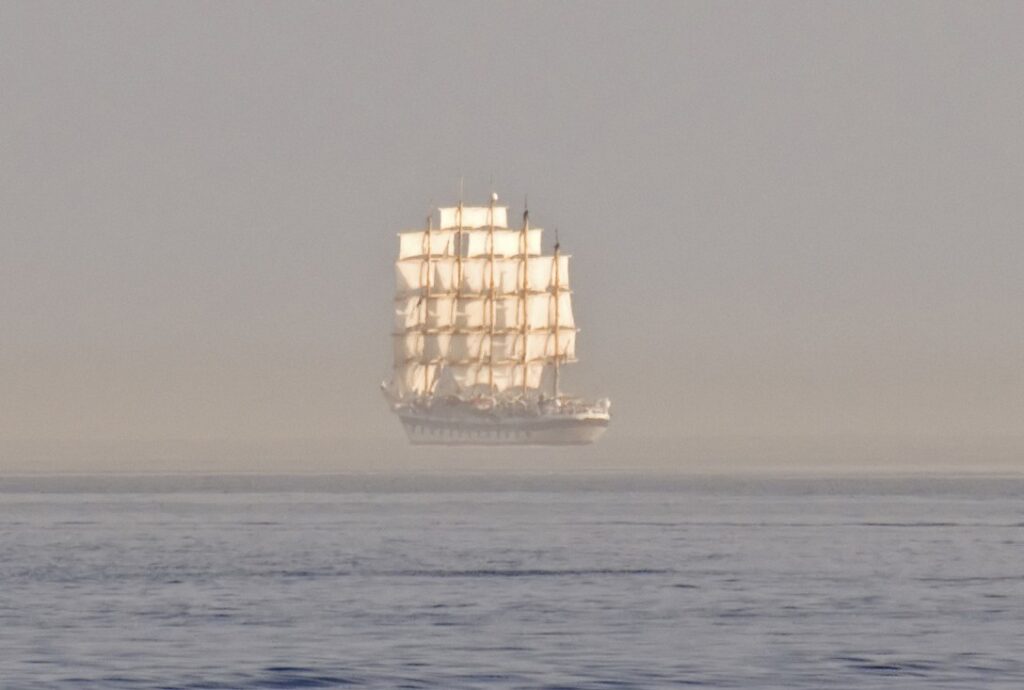
However, mirages are not mere figments of our imagination; they are genuine optical phenomena that can even be captured on camera. These captivating illusions occur when light rays refract, creating a false image at the observer’s location. Yet, the interpretation of the perceived image relies solely on the interpretive faculties of the human mind. For instance, mirages on land can easily be misinterpreted as reflections from small bodies of water.
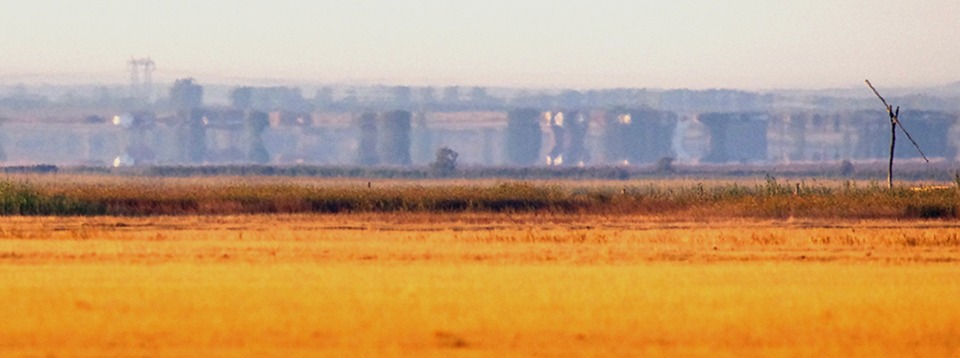
Mirages are optical illusions caused by the refraction of light in Earth’s atmosphere. They can manifest in various settings, from deserts to roads to expansive bodies of water. The phenomenon arises when light traveling through the air bends due to fluctuations in temperature and density.
Among the most common types of mirages is the inferior mirage. This deceptive illusion creates the appearance of water on a road or on the horizon, where none exists. The sky’s light bends closer to the ground, creating a virtual image of the sky on the surface. Our brain, accustomed to expecting water on the road or the horizon, interprets this image as an inviting body of water.
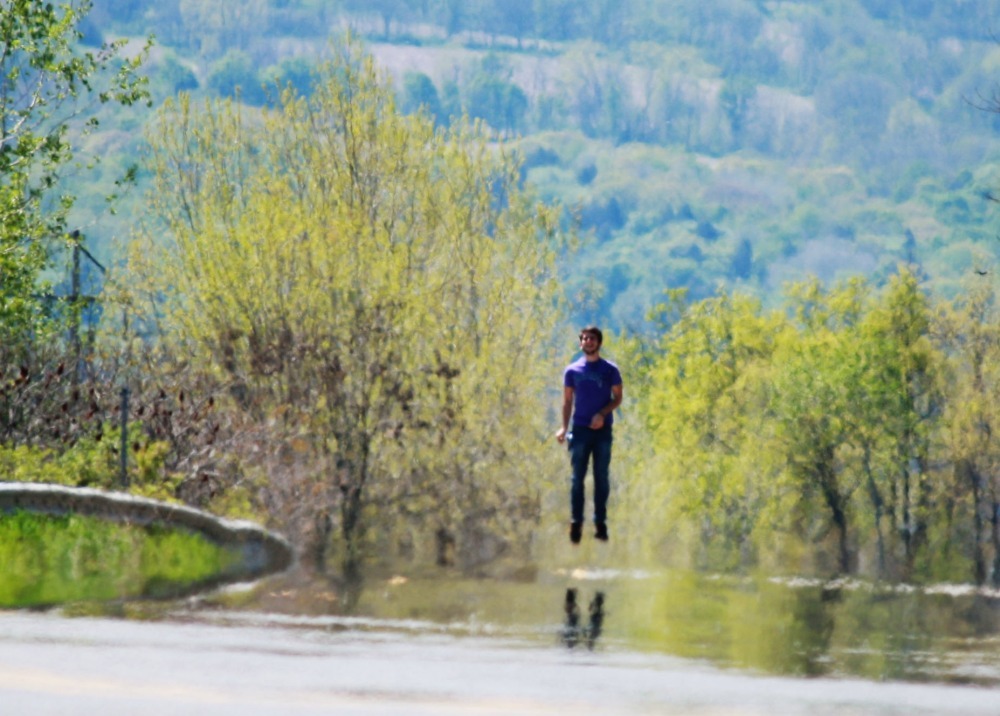
Another frequently encountered mirage is the superior mirage, which produces the illusion of objects appearing above their actual position. For example, a ship may seem to float in the air, defying gravity. This peculiar effect is caused by a layer of cool air over a layer of warmer air, leading to the bending of light upwards. Our brain interprets the image as being higher than it truly is.
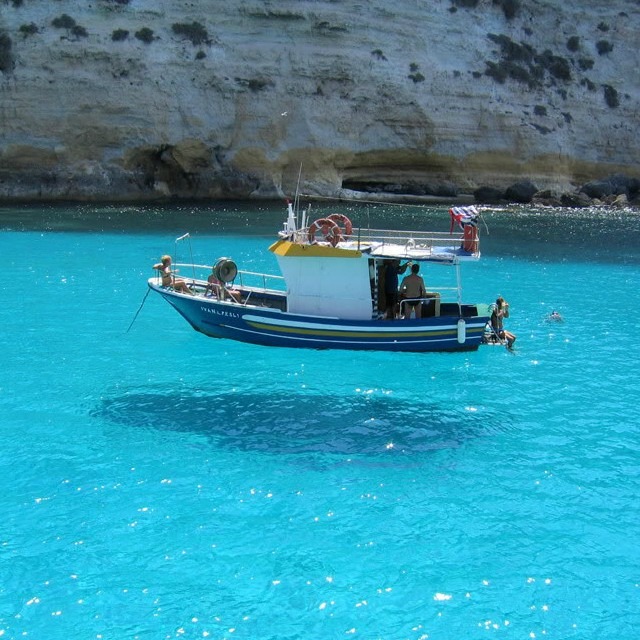
Fata Morgana mirages are a more intricate type of mirage, named after the enchantress from Arthurian legend. Often observed over large bodies of water or in deserts, these mirages can create elaborate illusions, such as city skylines. They are caused by the bending of light through different layers of air with varying temperatures and densities.
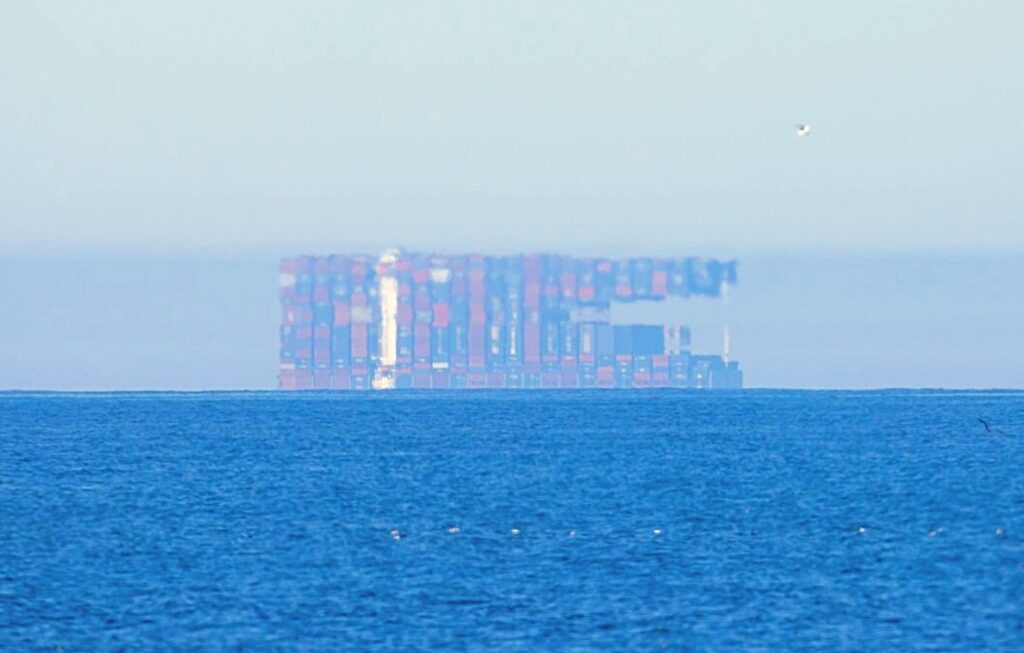
Mirages have long fascinated people, and they have become subjects of myths and legends throughout history. In ancient Greece, mirages were believed to be the work of sirens, luring unsuspecting sailors to their demise with the promise of water. In various parts of the world, mirages have been seen as omens of impending danger or good fortune.
The legend of the Flying Dutchman, a ghost ship doomed to wander the seas eternally, originated in the 17th century. Sailors reported sightings of lights emanating from the phantom vessel during the 19th and 20th centuries, believed to be signals from the afterlife. Merely glimpsing the Flying Dutchman was thought to foreshadow imminent catastrophe at sea. Today, most experts attribute the legend to the Fata Morgana phenomenon.

In addition to their historical and cultural significance, mirages also possess practical applications. In the desert, they can help locate sources of water, as they often appear above areas where underground water exists. Mirages can also serve military purposes, such as concealing the position of troops or vehicles.
Mirages can occur during both day and night, given the right conditions. At night, mirages of celestial objects or artificial lights from vehicles, airplanes, ships, buildings, and other sources can be observed under specific circumstances.
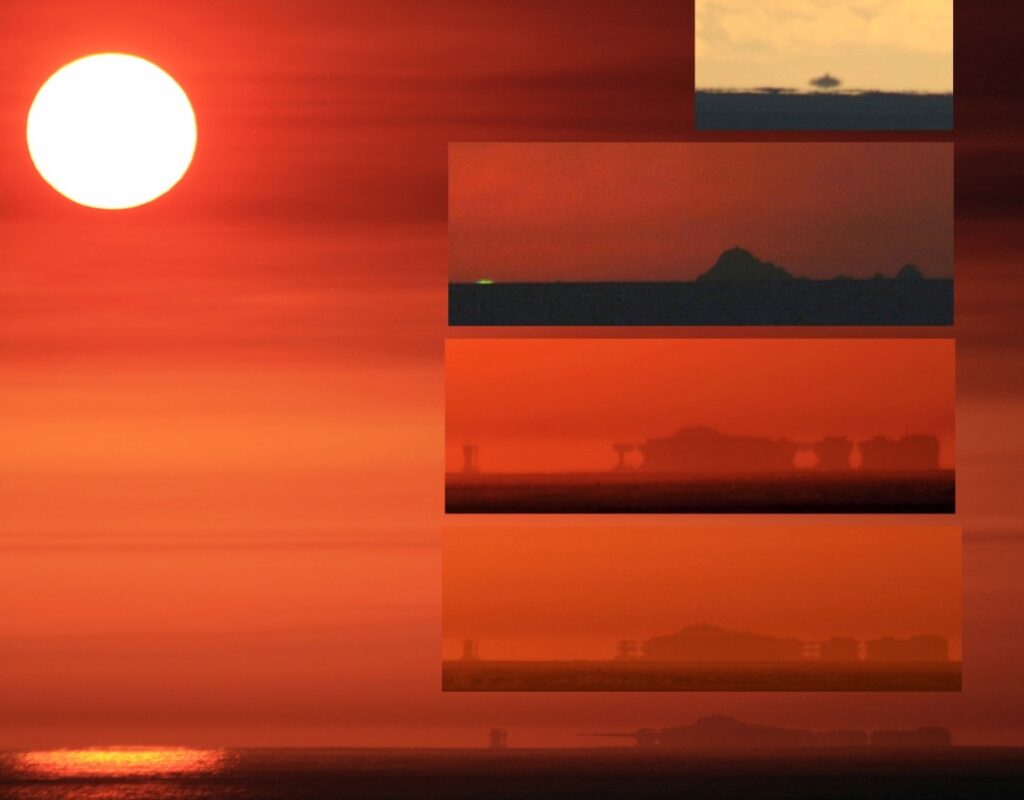
Mirages constitute a captivating natural phenomenon that has captivated the human imagination throughout history, and for good reason. They may bewilder us, but they also remind us of the remarkable power our minds possess to shape our perception of reality.

Leave a Reply